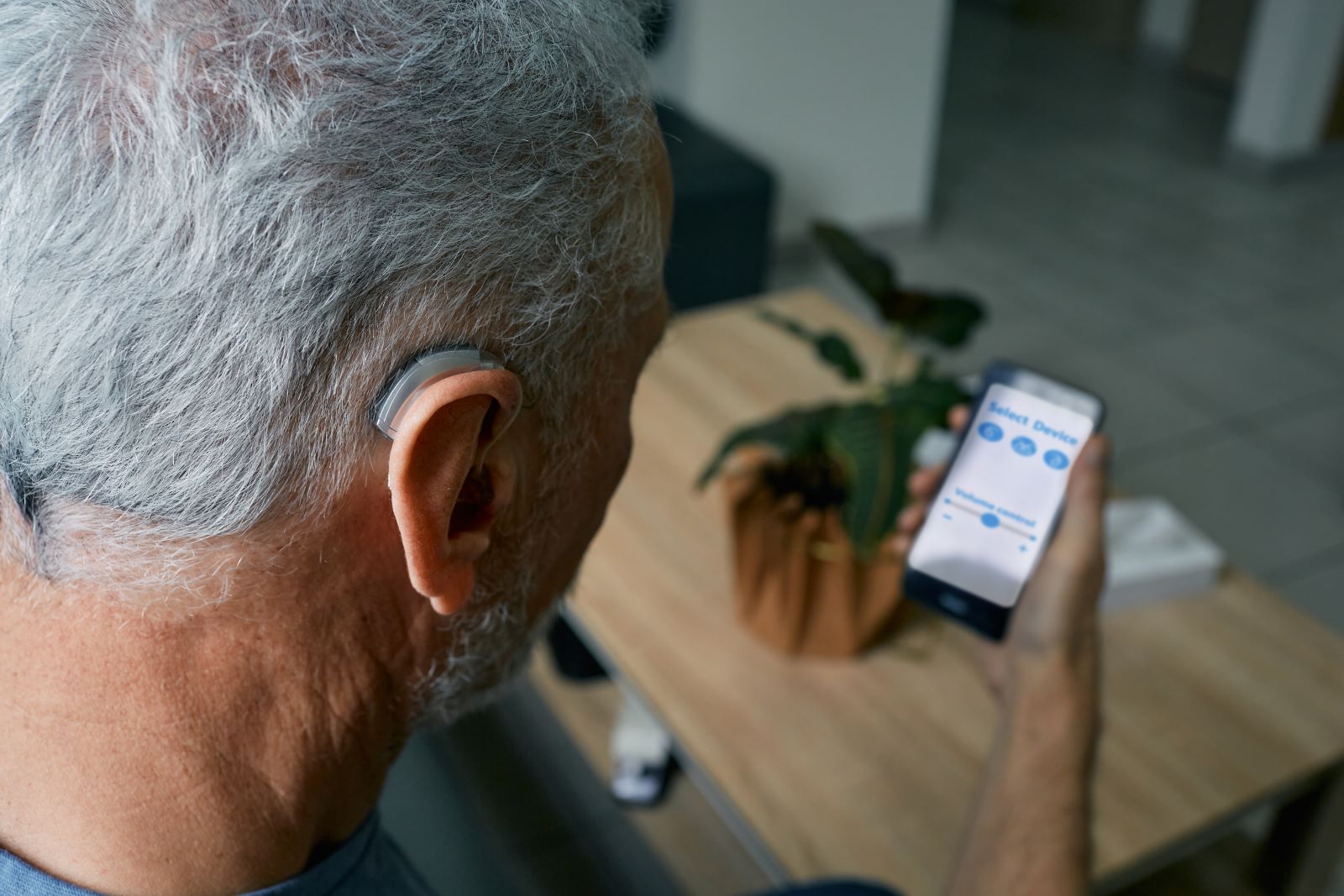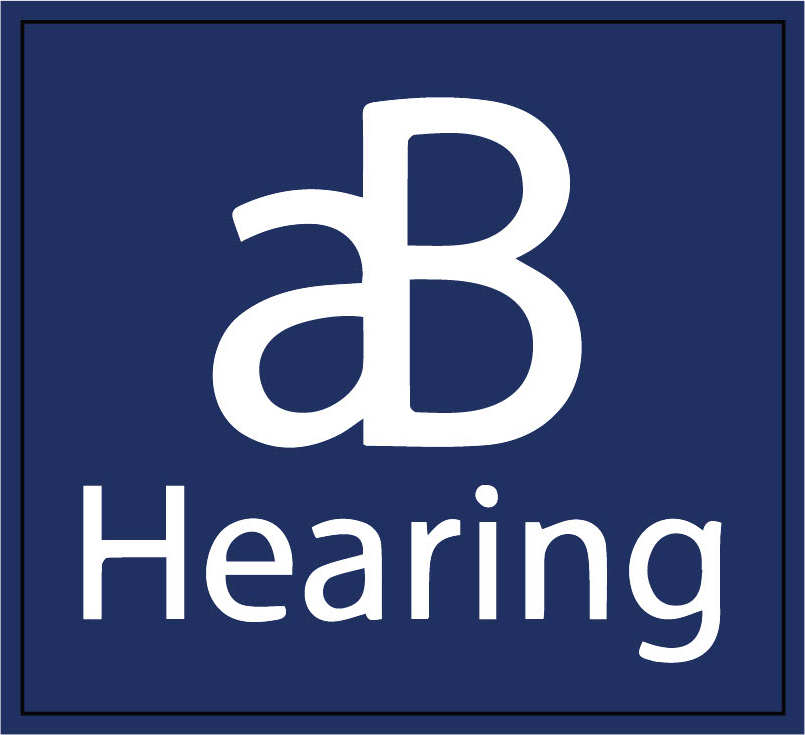Hearing Aids
Following an audiological evaluation and an evaluation of your specific hearing aid needs, we will be able to help you choose the right hearing aid. And yet, the process does not stop there.
Getting used to your hearing aids might take some time, and we will guide you through the transition to healthy assisted hearing. We have encountered many of the common adjustment issues that people tend to face, and we can help you prepare for the possibility that you may encounter them as well. Some basic instruction and counseling can be a great way to get going with your new hearing aids. We begin with general instructions in the use of your hearing aids, help you transition to using them in a variety of settings, and also offer counseling for specific issues you encounter on your own path to healthy hearing.
Learn more about the different hearing aid options and features below.
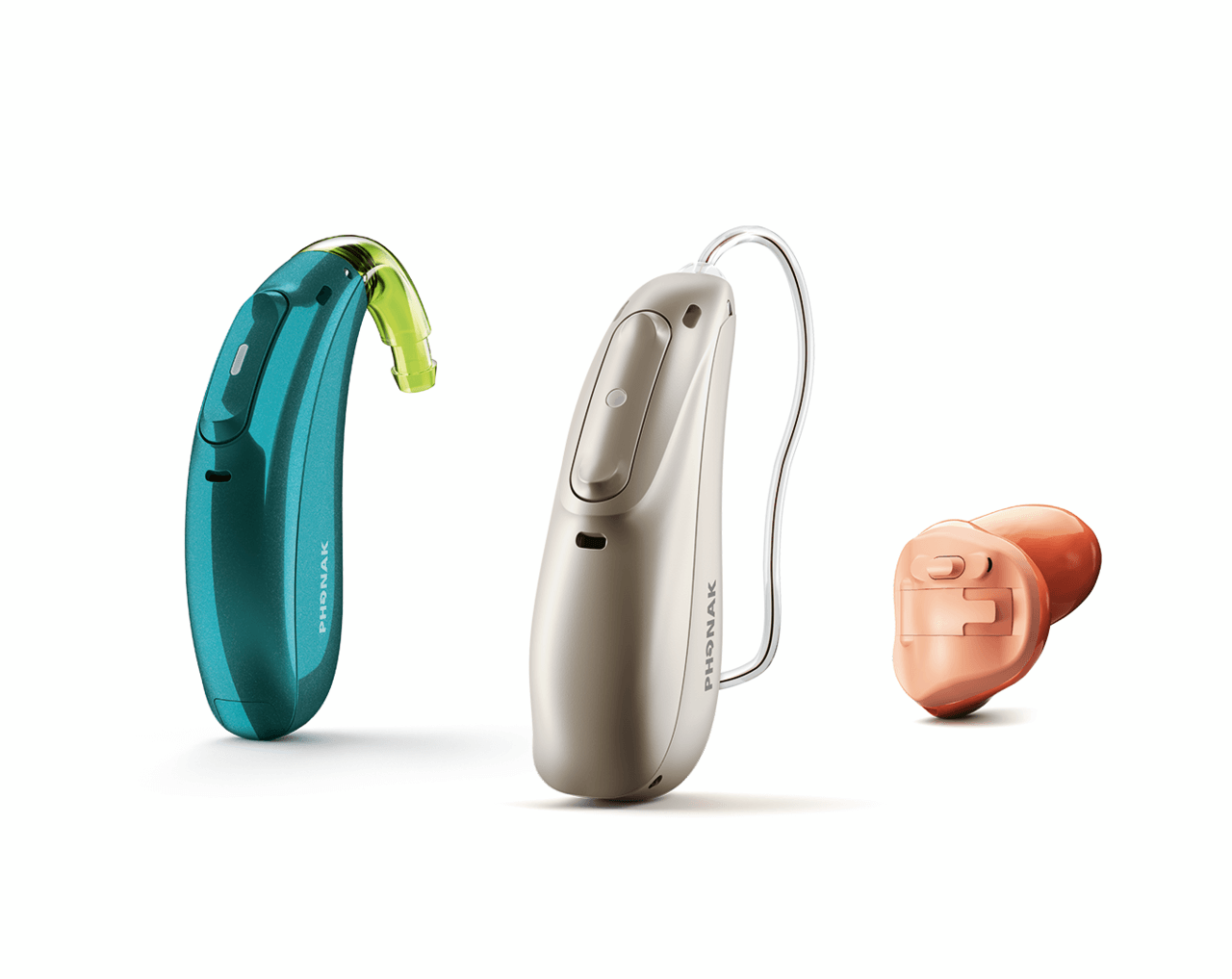
Hearing Aid Styles
In contrast to the traditional hearing aids of the past, modern hearing aids have experienced great strides in technology and innovation. These days, hearing devices are much smaller and more compact, with some being practically invisible when worn.
In recent years, the design of hearing aids has been streamlined and minimalized, yet includes impressive new features such as digital processing technology to provide more powerful amplification and enhanced sound quality and clarity. Comfort and length of wearability are also far more superior, thanks to advancements in design and ergonomic considerations. There are several styles of hearing aids that come in a wide range of sizes and aesthetics, making it possible for anyone to find the perfect device that suits their hearing and lifestyle needs.
Nowadays, there is a vast selection of hearing aids to choose from. However, they all fall into two main categories that each host a number of variations. These two types of hearing aids are generally distinguished by how they are worn by the user and are known as:
- Behind-the-ear (BTE) hearing aids
- In-the-ear (ITE) hearing aids
Behind-the-ear (BTE) Hearing Aids
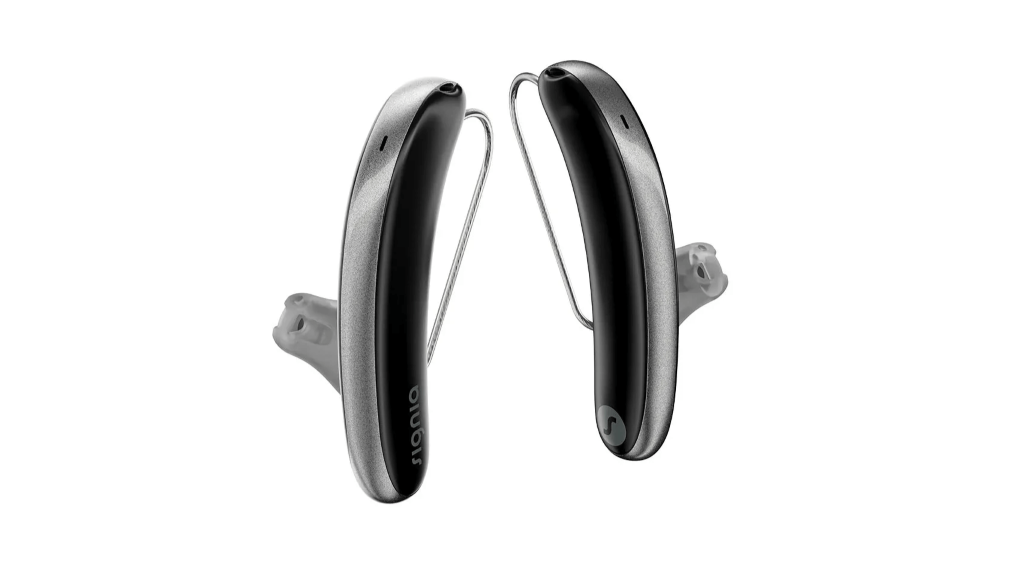
Receiver-in-ear (RITE) hearing aids
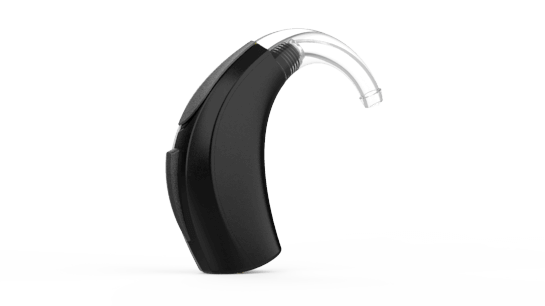
Behind-the-ear with earmold
In-the-ear (ITE) Hearing Aids
ITE hearing aids, which are often called "invisible hearing aids," must be specially tailored to fit the ear canal. This is done by taking an impression of the ear during hearing aid fitting appointments with the audiologist. ITEs come in a variety of skin tones to make them less noticeable, and some of them are designed to fit far inside the ear, while others are closer to the outer ear. The three major types of ITEs are:
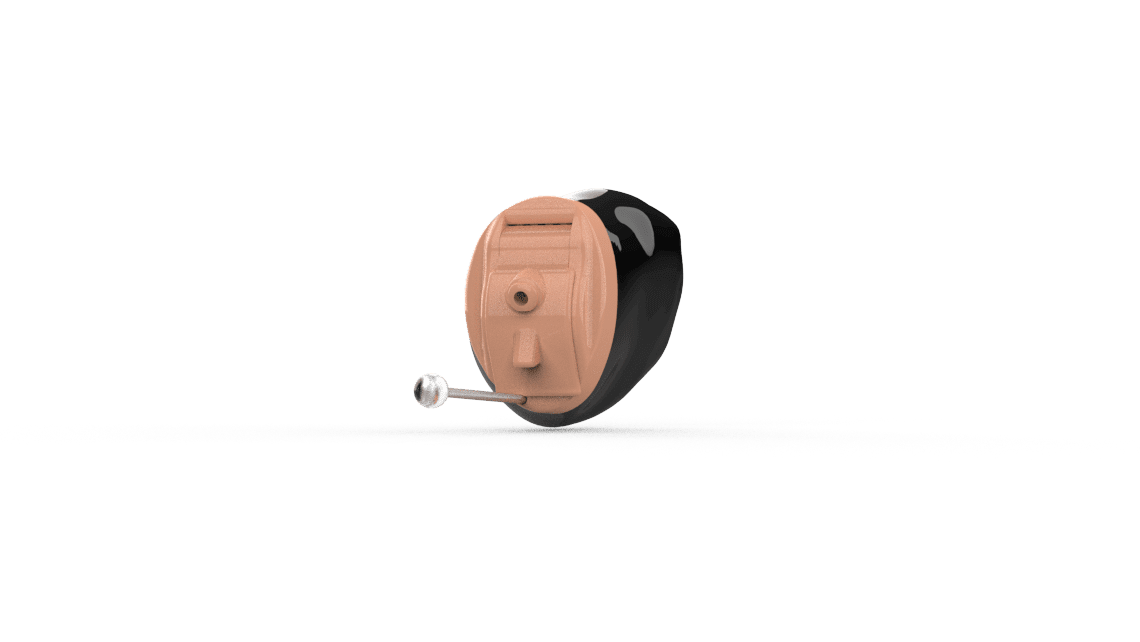
Invisible-in-canal (IIC)/Completely-in-canal (CIC)
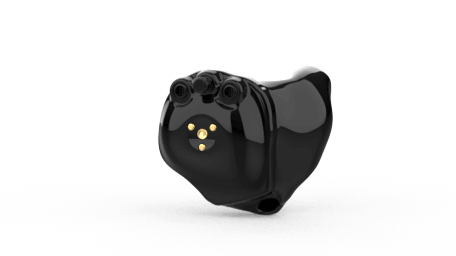
In-the-canal (ITC)
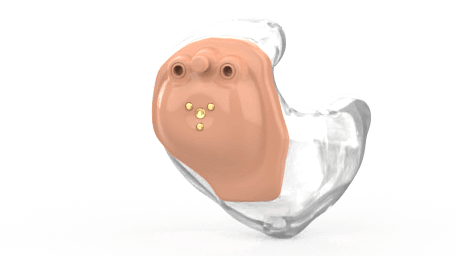
Low-profile hearing aids
